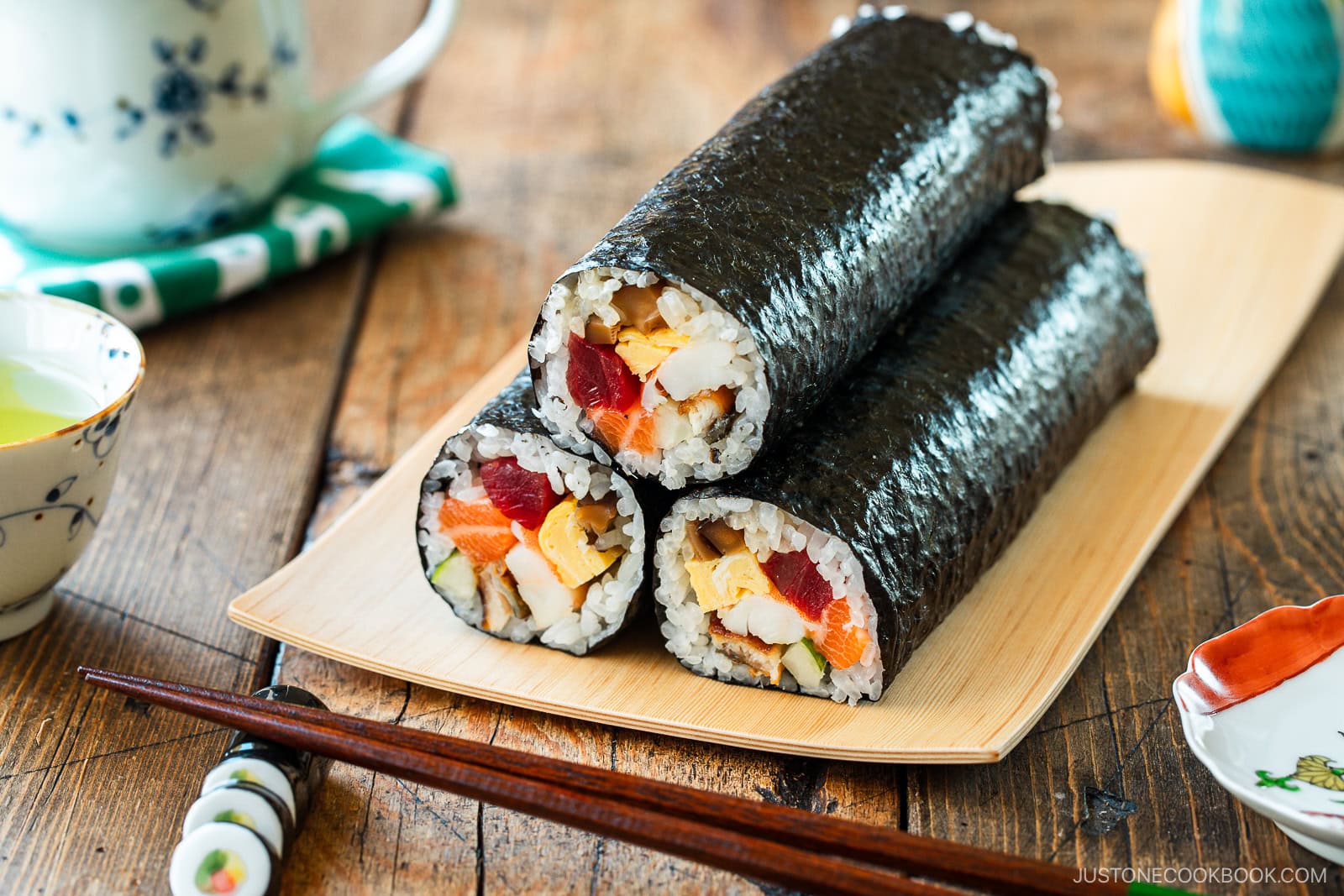Kyoto’s so crowded nowadays, you should just skip it. Right?
Heck no!
Skipping Kyoto on your trip to Japan would be like skipping Rome & Florence in Italy, skipping Beijing & Xian in China, or skipping the fries when you’re at McDonald’s.
No, non & yet, in that order.
Sure, Kyoto is dealing with overtourism these days. But not all of Kyoto, only a handful of sights & areas, really. And not all day every day, you just need to go to Kyoto with a strategic plan – and a little patience.
Kyoto – What, Where & Why
For over a thousand years, Kyoto served as Japan's imperial capital.
While nearby Osaka’s roots are mercantile and industrial – and Tokyo was (and remains) the financial hub – Kyoto has always been a city of scholars, of emperors (though the current one is in Tokyo, we’ll give them that) and of the regal class of people.
Today, Kyoto preserves its cultural heritage through thousands of temples, shrines and immaculately landscaped Japanese gardens. Kyoto offers visitors a chance to experience Japan's fine arts, from tea ceremony to kimono wearing, while also providing modern comforts and excellent dining.
Kyoto is in the middle of Japan, located as a part of the Kansai region – along with nearby Nara, Osaka, Kobe and Himeji. The whole area straddles Osaka Bay and nestles up against a broad mountain range. Kyoto itself sits in an inland valley, making it hotter in the summer and cooler in the winter.
Kyoto remains one of the most popular travel destinations in the world, and with good reason.
Let’s find out why.
Top Things To Do In Kyoto
Kyoto hosts thousands of temples and shrines, but several stand out as must-visit locations.
1. Fushimi Inari Shrine: Torii on Parade
The parade of iconic reddish-orange (or are they orangish-red?) torii gates of Fushimi Inari Taisha winds up Mount Inari in the thousands.
Each gate has been donated by a business or individual, creating a tunnel effect that's particularly photogenic during early morning or late afternoon. The full hike takes about 2-3 hours, but many visitors enjoy the first section before turning back.
Small shrines and rest areas dot the path, offering places to take breaks and enjoy the peaceful forest atmosphere. Fox statues guard the shrine grounds, representing messengers of Inari, the deity of rice and prosperity. Food stalls near the shrine entrance serve local specialties like inari sushi and kitsune udon.
The shrine opens 24 hours, making it possible to visit during quiet early morning hours or experience the mysterious atmosphere after dark. Spring brings cherry blossoms to the lower grounds, while fall colors shine in November & December.
2. Kinkaku-ji – The Golden Pavilion
Kinkaku-ji's top two floors shine in brilliant gold leaf, reflecting beautifully in the mirror pond surrounding it.
The pavilion serves as a perfect example of Muromachi Period architecture, with each floor representing a different architectural style. The surrounding garden changes character with each season, from snow-covered winter scenes to bold autumn colors.
The garden path leads visitors around the pond, offering various views of the pavilion. Near the end of the route, a tea house provides traditional matcha and seasonal sweets. The garden design incorporates specific viewing points where the pavilion appears to float on the water's surface.
The site gets particularly crowded during autumn leaf season and spring cherry blossoms, so arriving early helps avoid the largest crowds. But really, it’s popular year-round. You don’t have to stay here very long, however, just be a bit patient and work your way through the crowds to get those photo-ops.
3. Kiyomizu-dera: A Grand Hillside Temple You Won’t Want to Miss
Built without using a single nail, Kiyomizu-dera's wooden stage juts out from the mountainside, offering spectacular views of Kyoto.
The temple complex includes several other buildings and the Otowa waterfall, where visitors can drink from three streams said to bring different blessings. Spring brings cherry blossoms while fall delivers stunning maple colors, making it popular all the time.
The approach to Kiyomizu-dera through the Higashiyama district adds to the experience. Old shops and tea houses line the narrow streets of Sannenzaka and Ninenzaka, many that have been around for hundreds of years. These shops sell local crafts, snacks and souvenirs, maintaining the atmosphere of old Kyoto.
The temple grounds include several other notable spots beyond the main hall. Jishu Shrine, dedicated to love and matchmaking, features two "love stones" placed 18 meters apart. Successfully walking from one to the other with your eyes closed indicates good fortune in finding love.
4. The Kyoto Yukata/Kimono Experience
Going to Kyoto and dressing up in a yukata or kimono is popular among Japanese & non-Japanese visitors alike.
Numerous rental shops around Kyoto offer kimono experiences, complete with professional dressing assistance and hair styling. Many visitors choose to wear kimono while exploring traditional areas like Gion or Higashiyama, creating memorable photos against historic backdrops.
The rental process typically takes about an hour, including choosing your kimono and getting dressed. Staff help select appropriate seasonal patterns and colors. Most rental packages include all accessories, from sandals to hair ornaments. Some shops offer photography packages or guided tours of nearby photo spots.
Winter rentals often include warm layers and the option of wearing a traditional coat. Several shops also offer men's kimono and children's sizes, making it possible for families to enjoy the experience together.
5. Matcha Cafes of Kyoto
Kyoto's tea culture runs deep, and matcha cafes throughout the city (and in nearby Uji, Kyoto prefecture, the green tea capital of Japan) serve everything from traditional tea ceremony experiences to modern matcha lattes and desserts.
Traditional tea houses require advance reservations and follow strict etiquette, while modern cafes offer casual environments to enjoy green tea treats.
Popular items include matcha parfaits layered with mochi and red bean paste, matcha rolled cakes and seasonal wagashi (traditional sweets). Many cafes also serve hojicha, a roasted green tea with a mellower flavor than matcha.
Some establishments offer tea-making workshops where visitors can learn proper techniques for preparing matcha.
5. Arashiyama Area - Bamboo & Beyond
The Arashiyama district combines natural beauty with cultural sites.
The famous bamboo grove creates an otherworldly atmosphere with its towering green stalks. Early morning visits provide the best opportunity to experience the quiet beauty and natural light filtering through the bamboo. Pretty quickly, the place fills up with people (lots and LOTS of people these days!).
Iwatayama Monkey Park sits atop a mountain overlooking the city. About 120 Japanese macaques roam freely while visitors can feed them from inside a protected building. The 20-minute uphill hike to reach the park rewards with panoramic views of Kyoto.
Tenryu-ji Temple, a UNESCO World Heritage site, features one of Kyoto's finest Zen gardens. The garden maintains its original 14th-century design, with a central pond reflecting seasonal changes in the surrounding landscape. The temple's bamboo forest path connects to the main bamboo grove. Plus you can enjoy a shojin ryori (Buddhist vegetarian) lunch here.
The Togetsukyo Bridge spans the Katsura River, providing views of old-school cormorant fishing during summer evenings. Small boats offer river cruises, particularly popular during cherry blossom season and fall colors.
Less Touristy Things To Do in Kyoto?
Away from major sites, Kyoto can sometimes show another side of its unique character.
But you really need to look for it.
The Daitoku-ji temple complex offers peaceful gardens with fewer crowds. This Zen temple complex includes multiple sub-temples, each with distinct garden styles ranging from rock gardens to lush moss gardens.
Nishiki Market used to be a local shopping experience with legit foods and crafts. Nowadays, this narrow shopping arcade stretches for several blocks, hosting vendors selling mostly shlock on a stick, and we usually recommend either breezing through (and mocking all the selfie-posing tourists around you) or giving it a miss altogether. Whatever they offer in Nishiki, you can get better somewhere else. Sanjo Shotengai is a good example of a local shopping street that’s way legit compared to touristy Nishiki.
It seems pretty much anything that makes its way onto Google Maps and gets good reviews nowadays becomes pretty crowded pretty quickly. Best to take a look at the map and find hidden gems that are up in the hills of Kyoto or tucked away on side streets.
Souvenirs From Kyoto

Incense
Kyoto's incense makers continue centuries-old traditions, creating subtle fragrances that complement meditation and daily life. Many shops offer gift sets with burners and various incense types. Lovely scents include sandalwood, agarwood and unique Kyoto blends incorporating local plants and spices.
Yatsuhashi
Yatsuhashi is a traditional sweet, made from rice flour and sugar. It comes in traditional cinnamon or modern flavors like matcha and chocolate. Both raw (nama) and baked versions make popular gifts. The raw type needs refrigeration but offers a more delicate texture. Many shops provide sampling opportunities and beautiful gift packaging options.
Washi Paper
Traditional Japanese washi paper comes in various patterns and uses, from letter-writing to home decoration. Many shops sell beautiful washi products like cards, notebooks and wrapping paper, often featuring seasonal designs. Some retailers offer workshops where visitors can make their own washi items.
Matcha & Matcha Sweets
Kyoto's tea shops offer high-quality matcha powder and related sweets. Staff can recommend different grades of matcha based on intended use, from daily drinking to tea ceremonial grade. Many provide gorgeous gift packaging and will explain proper preparation methods.
Chawan (Tea Bowls)
Tea ceremony bowls range from simple everyday pieces to collector's items. Many pottery shops offer both traditional and contemporary styles. Some allow visitors to watch artisans at work or participate in pottery-making workshops.
How To Get To Kyoto
From Tokyo, Shinkansen bullet train provides the most convenient access to Kyoto, taking about 2 hours and 15 minutes on Nozomi trains. Reserved seats offer guaranteed comfort, while unreserved cars provide flexibility.
From Osaka, regular commuter trains run frequently, both on the JR line as well as Hankyu. Multiple train lines connect the cities, offering options for different areas of Kyoto. The Hankyu line provides direct access to popular areas like Arashiyama and Gion-Shijo. JR goes to Kyoto station (as does the shinkansen).
Transportation Within Kyoto
Kyoto's bus network serves most major tourist sites, while the subway system offers access to central areas. Many visitors find cycling enjoyable, as the city is relatively flat and bike-friendly. Numerous bike rental shops provide various options from basic city bikes to electric-assist models.
The bus system might seem complicated at first, but the flat fare structure makes it tourist-friendly once you understand the routes. Popular bus routes include the 100 and 101 loops, which connect major sightseeing spots. The city offers various pass options for unlimited daily travel on buses and subways. Buses can get pretty crowded, though, so sometimes the lines are too long and a taxi is a better (and faster) bet.
Kyoto is a great walking city. Walking certain areas like Southern Higashiyama or Northern Higashiyama allows visitors to discover hidden temples and traditional neighborhoods. These areas maintain much of their historical character and reward explorers with unexpected finds.
Kyoto: Don’t Skip It, Go with a Strategy
As you can tell, Kyoto comes with a few challenges these days.
But if you bring a strategy and some patience, you’re probably going to love it.
And even if you don’t love Kyoto, you need to experience it at least once (if you grow tired of it, there’s Osaka, Nara, Uji and Himeji all in the area for day trip options).











 English (US) ·
English (US) ·